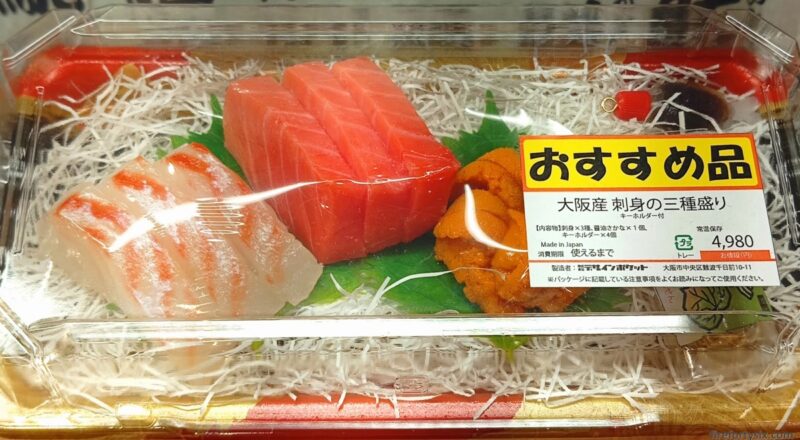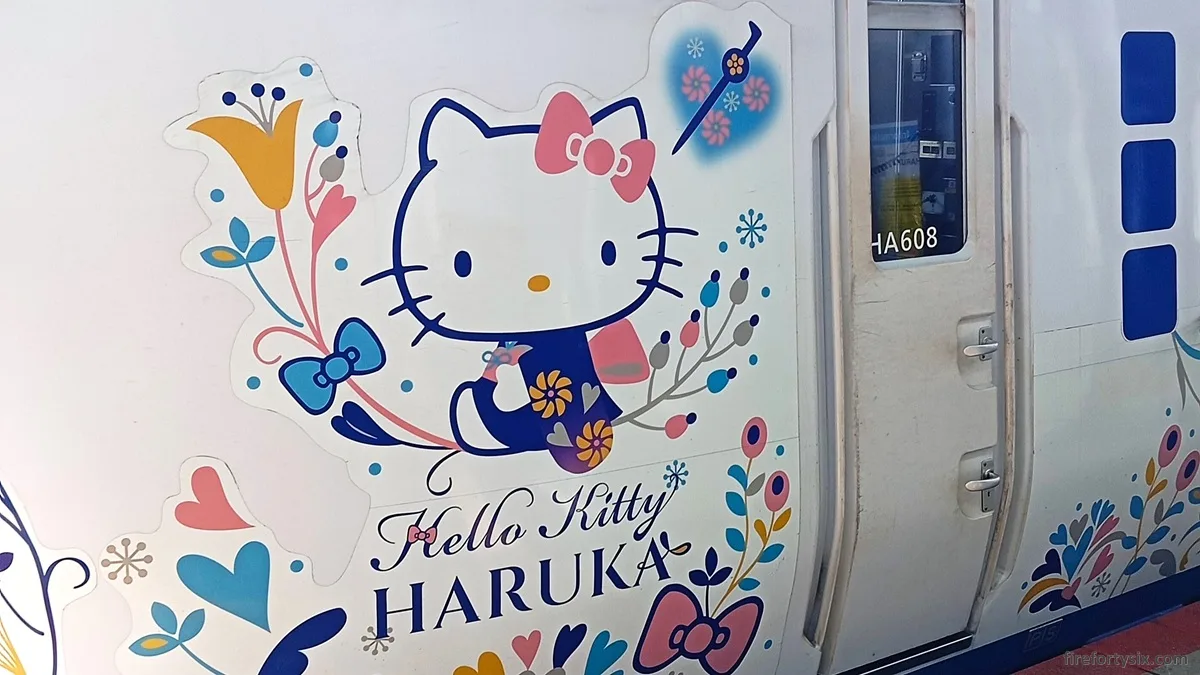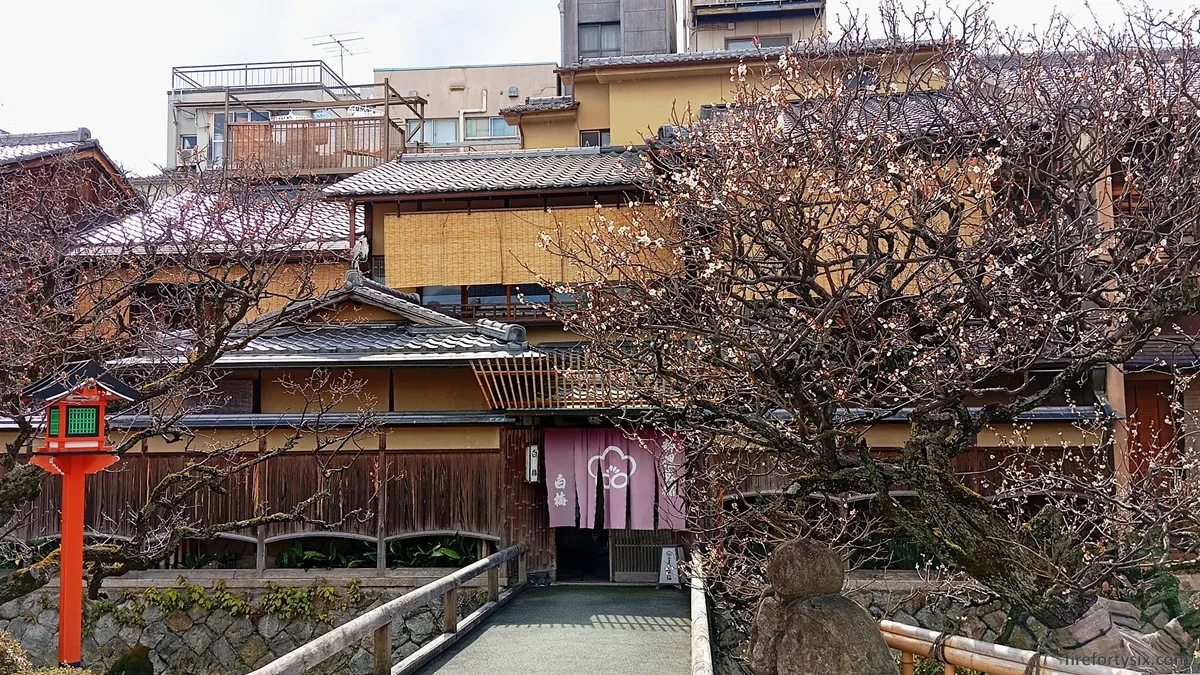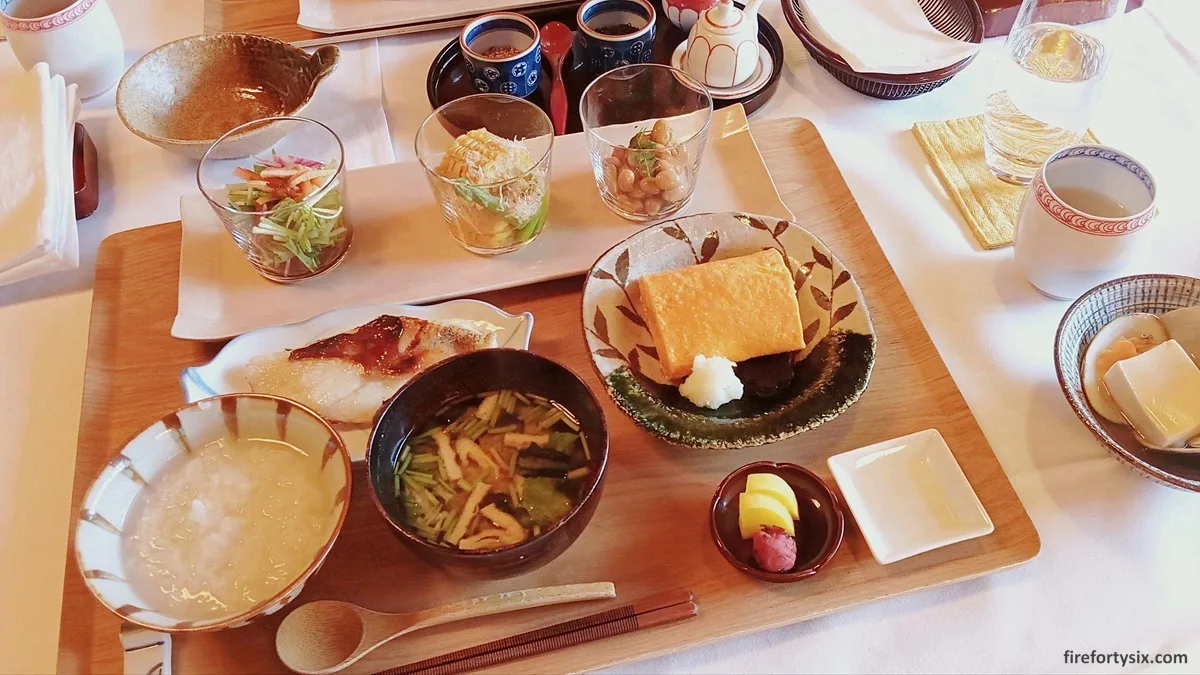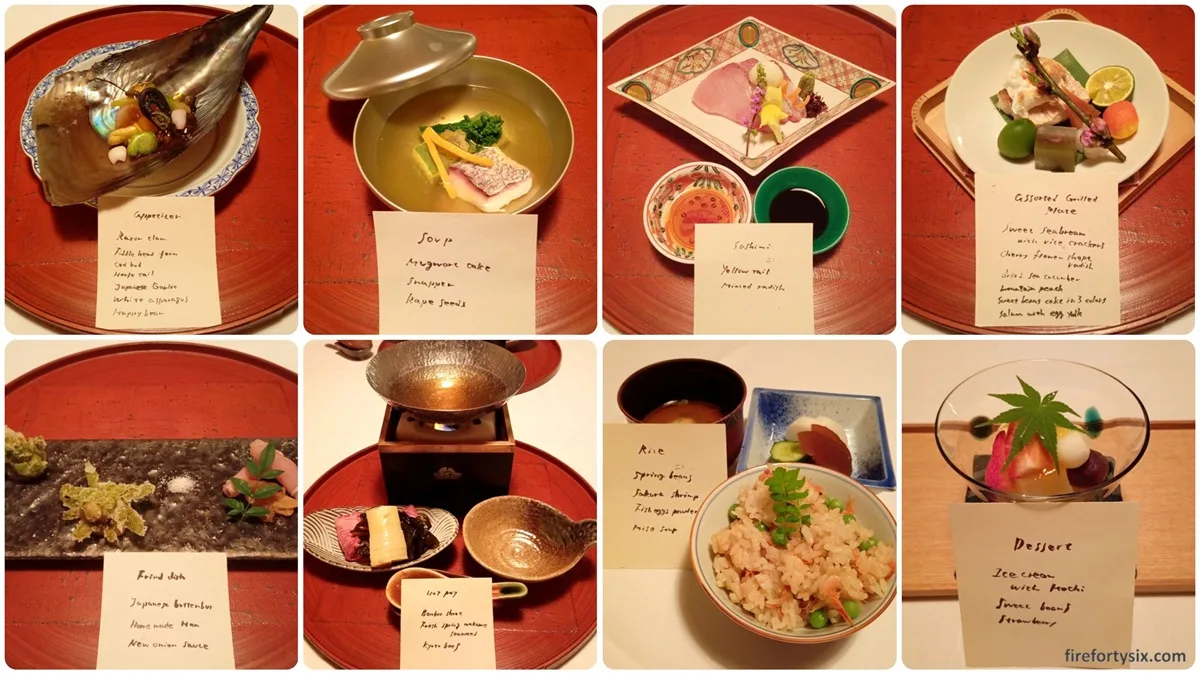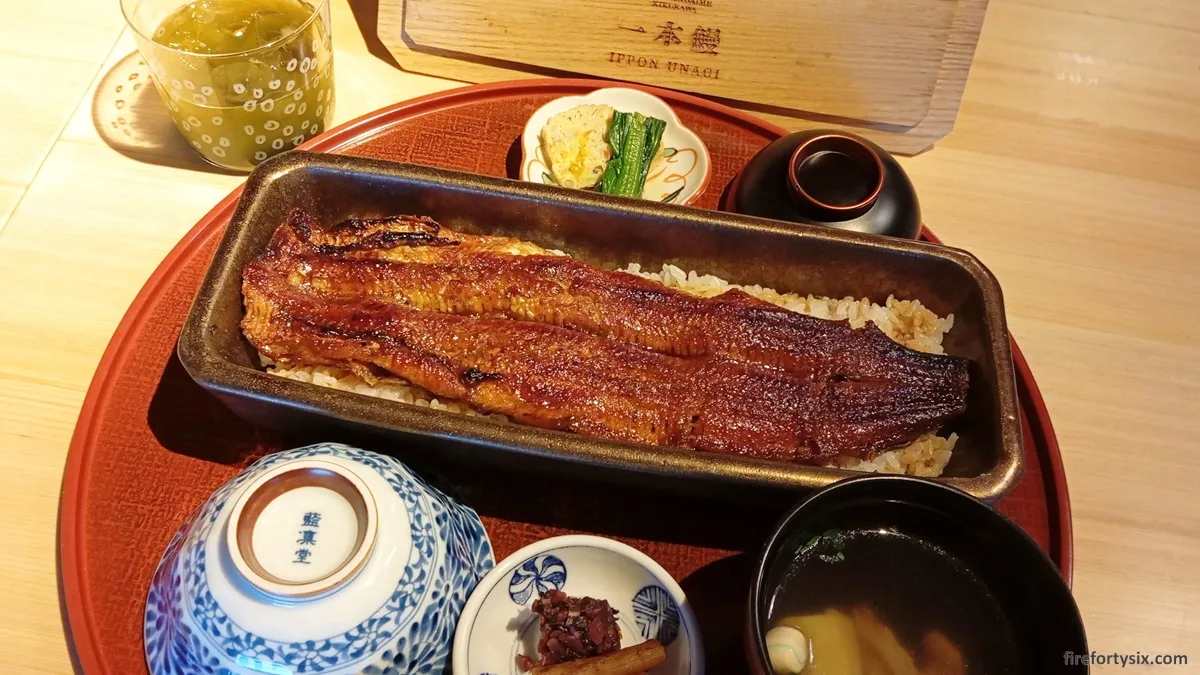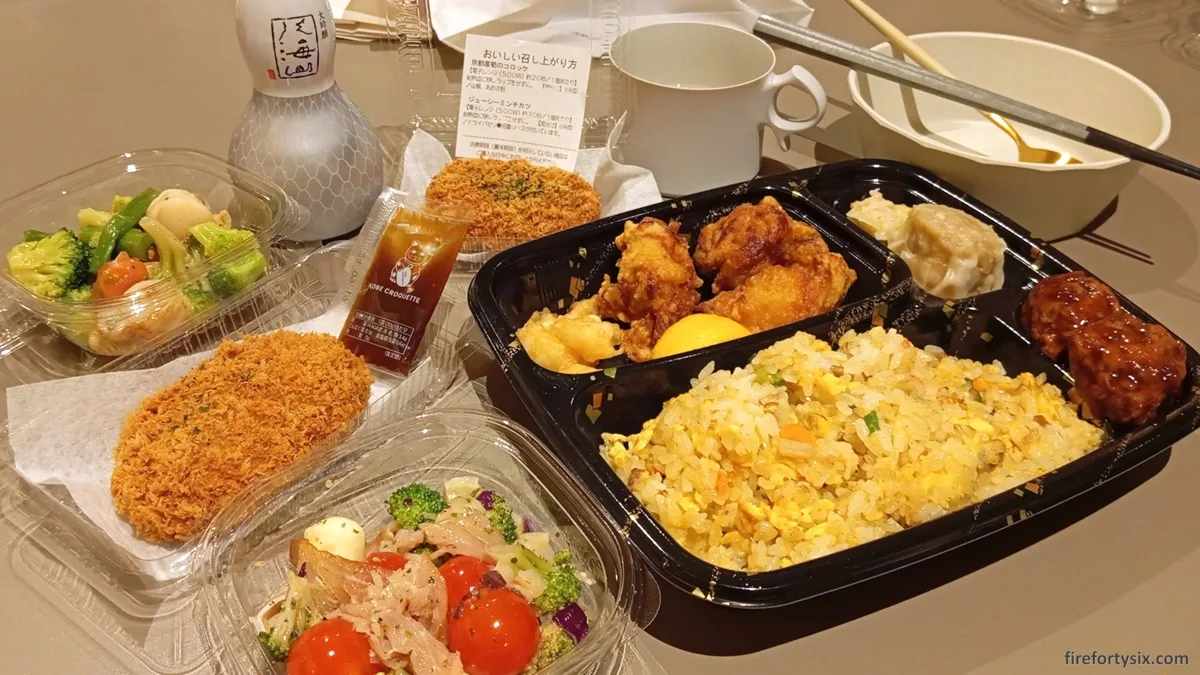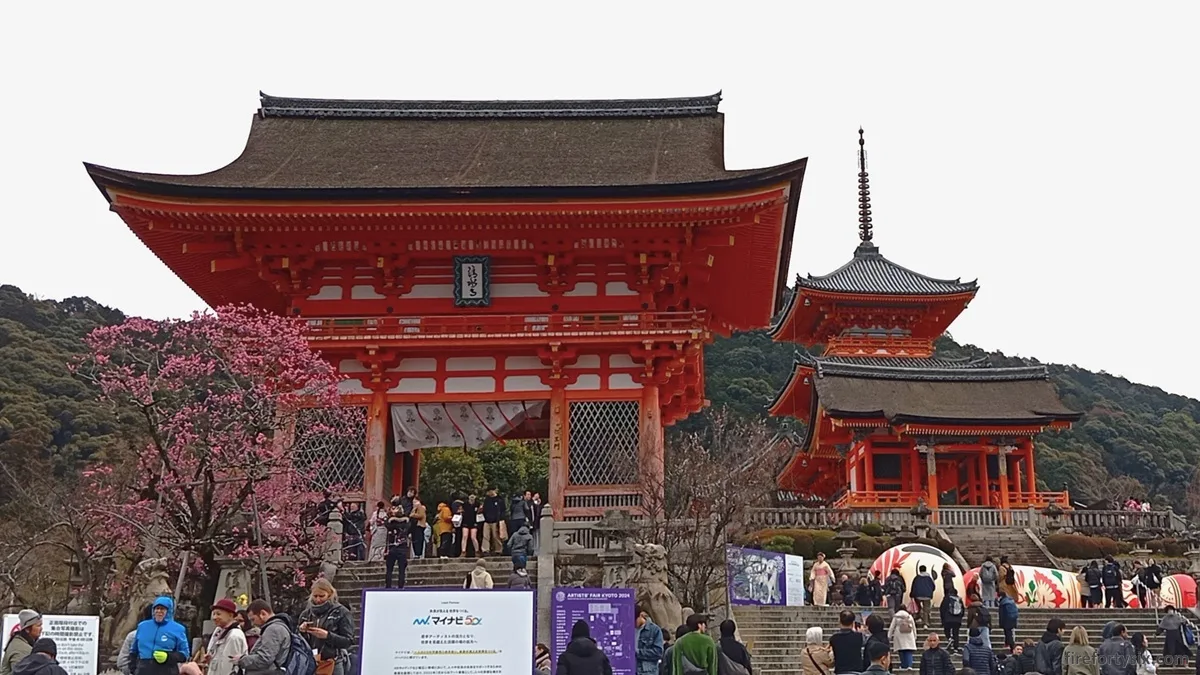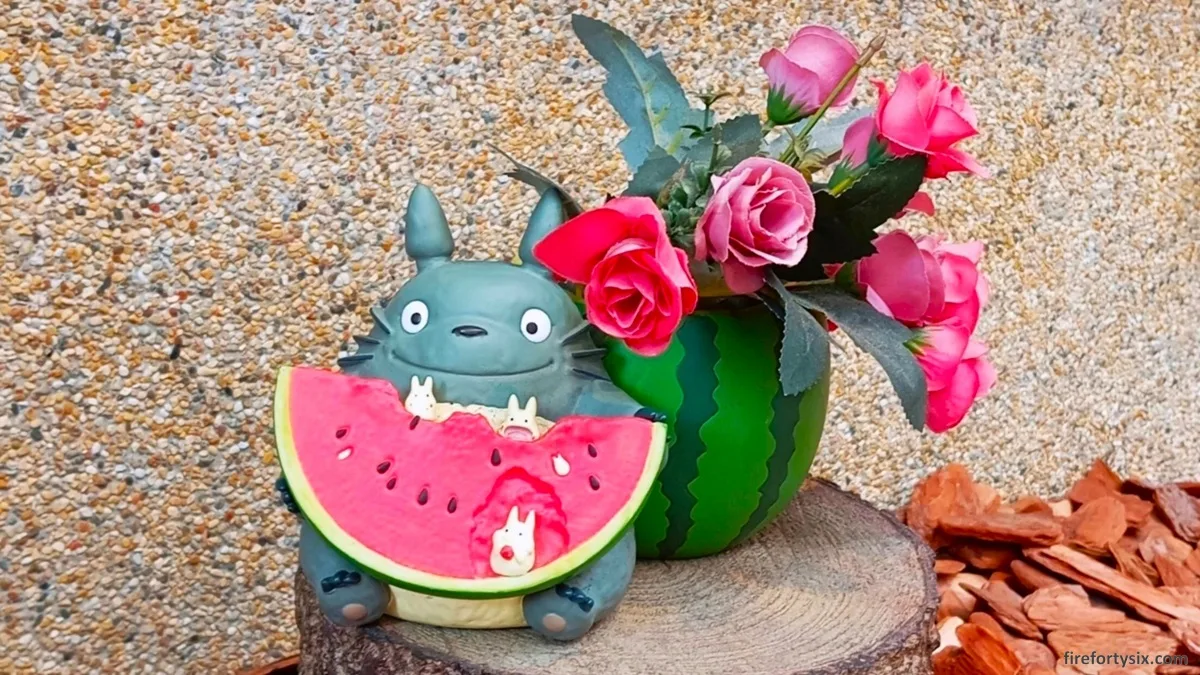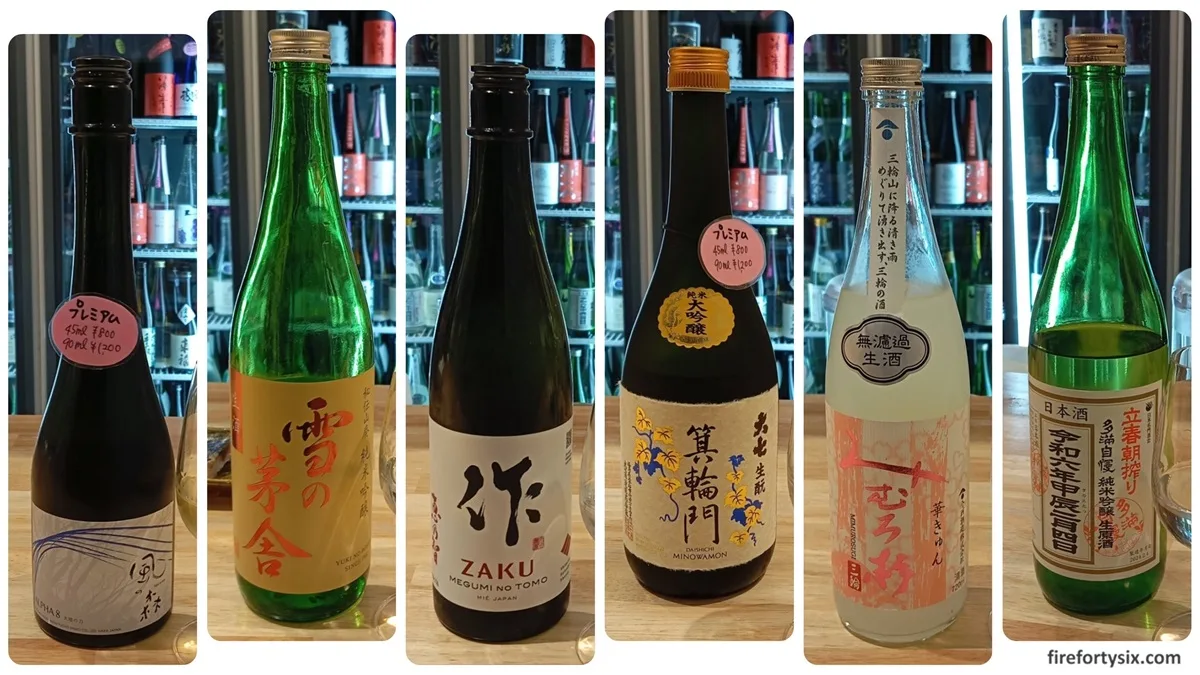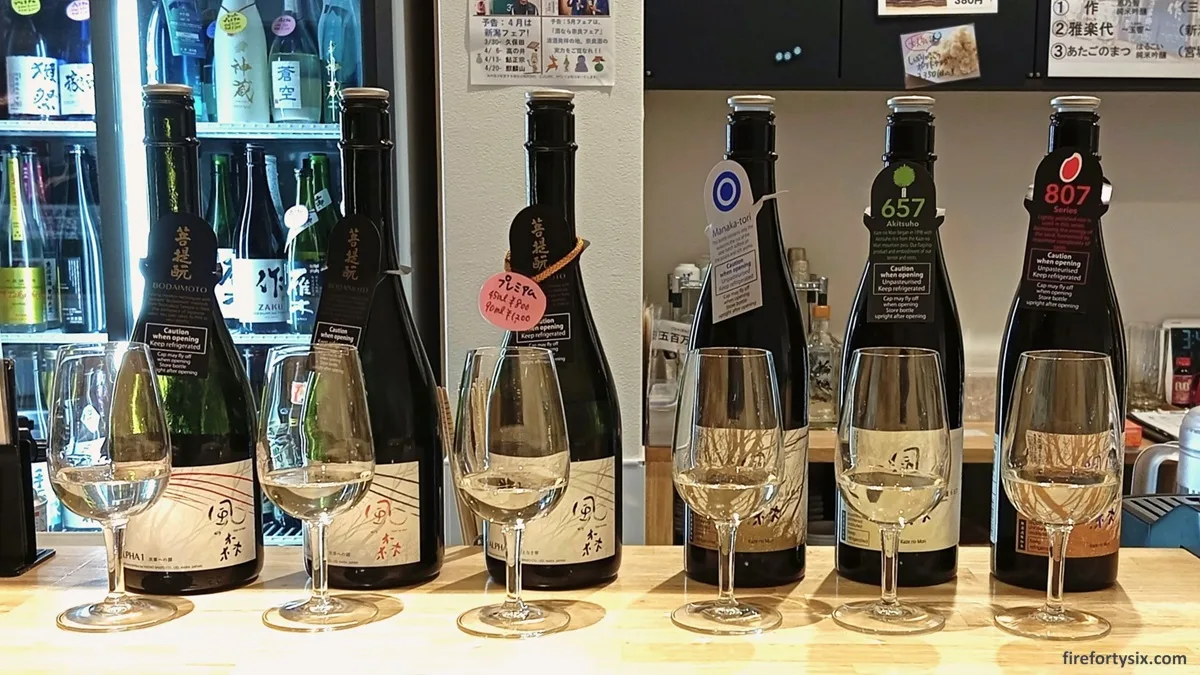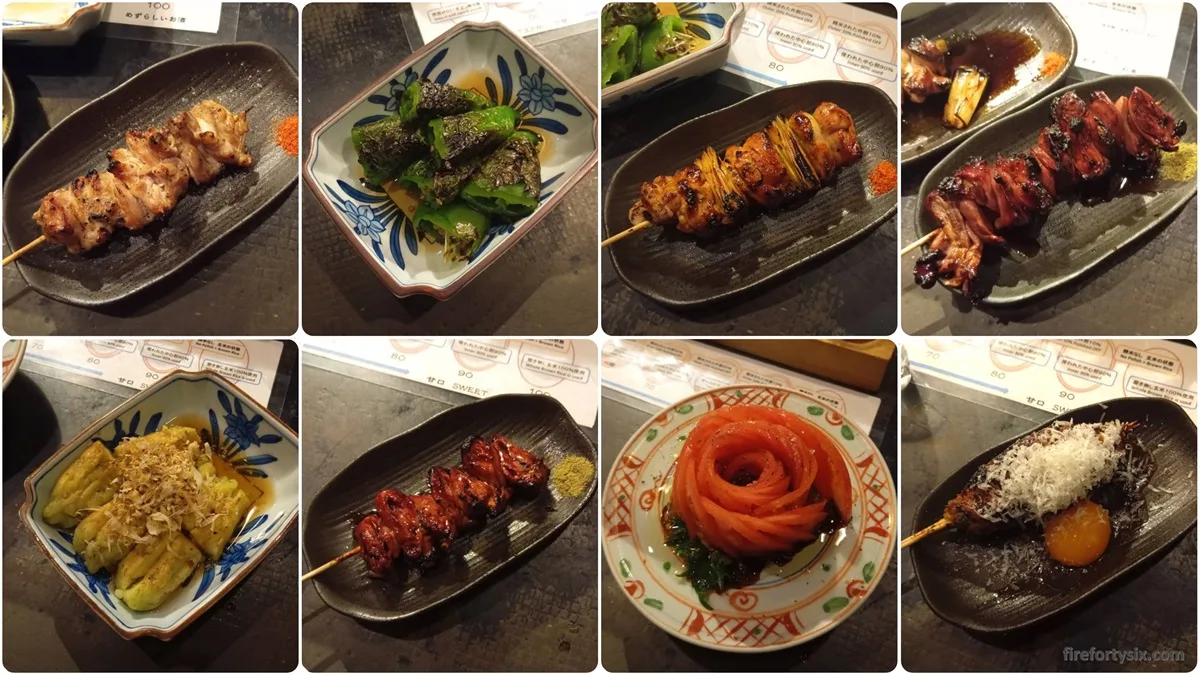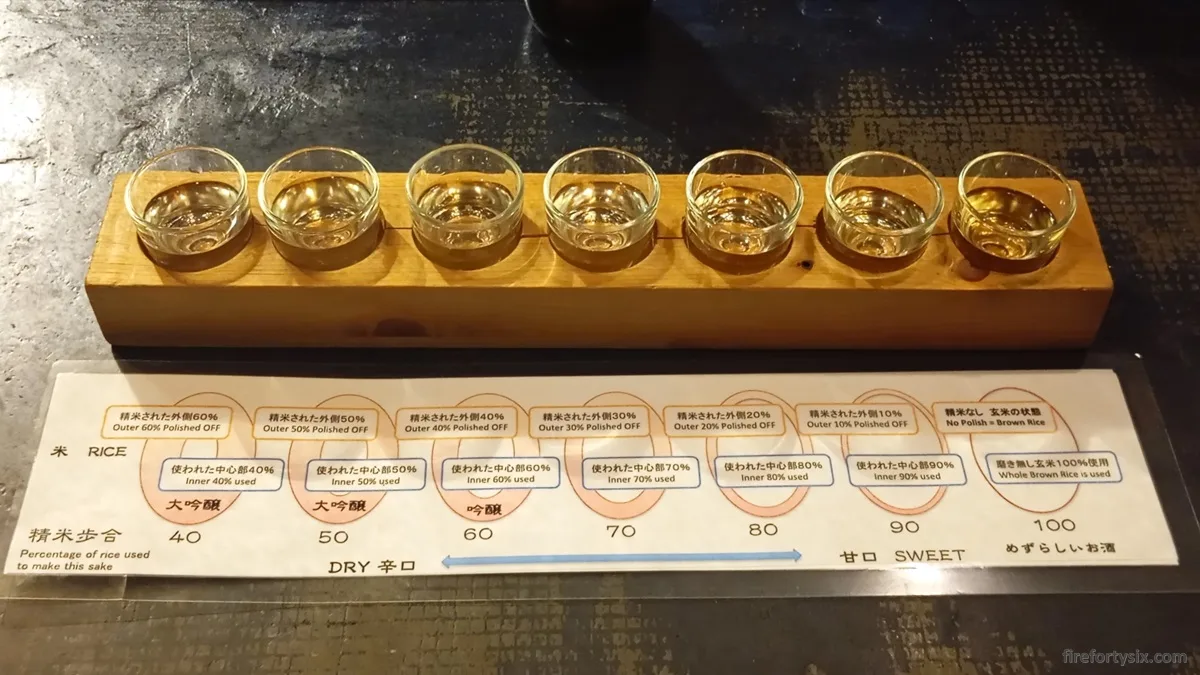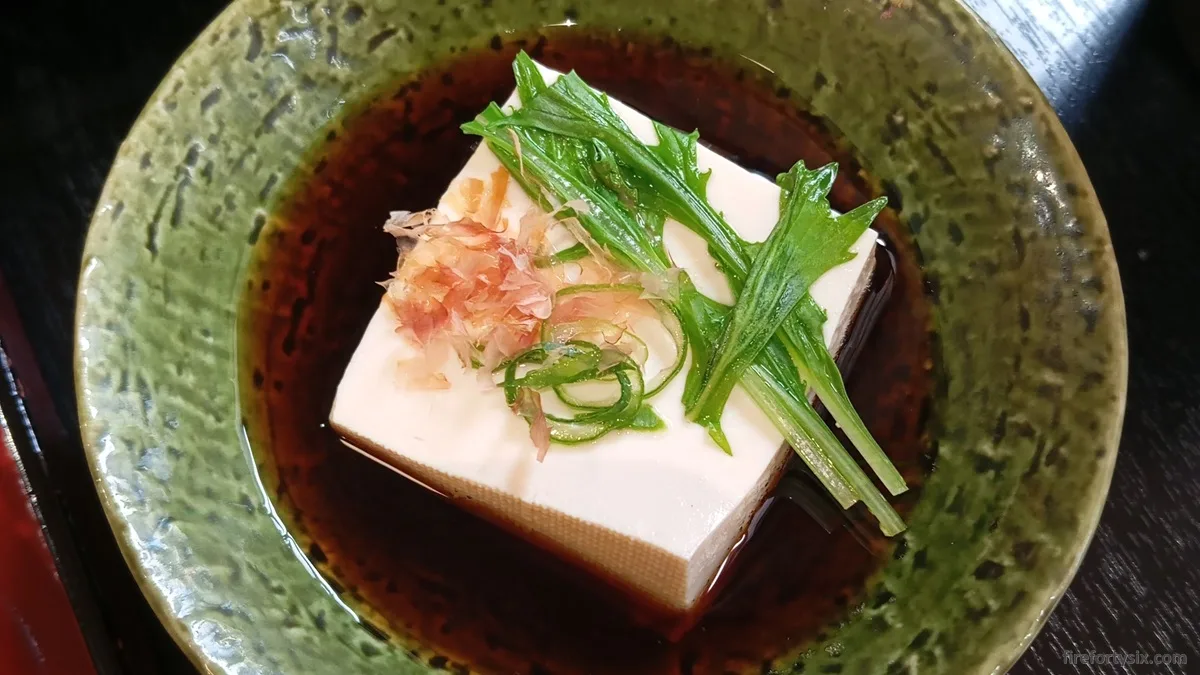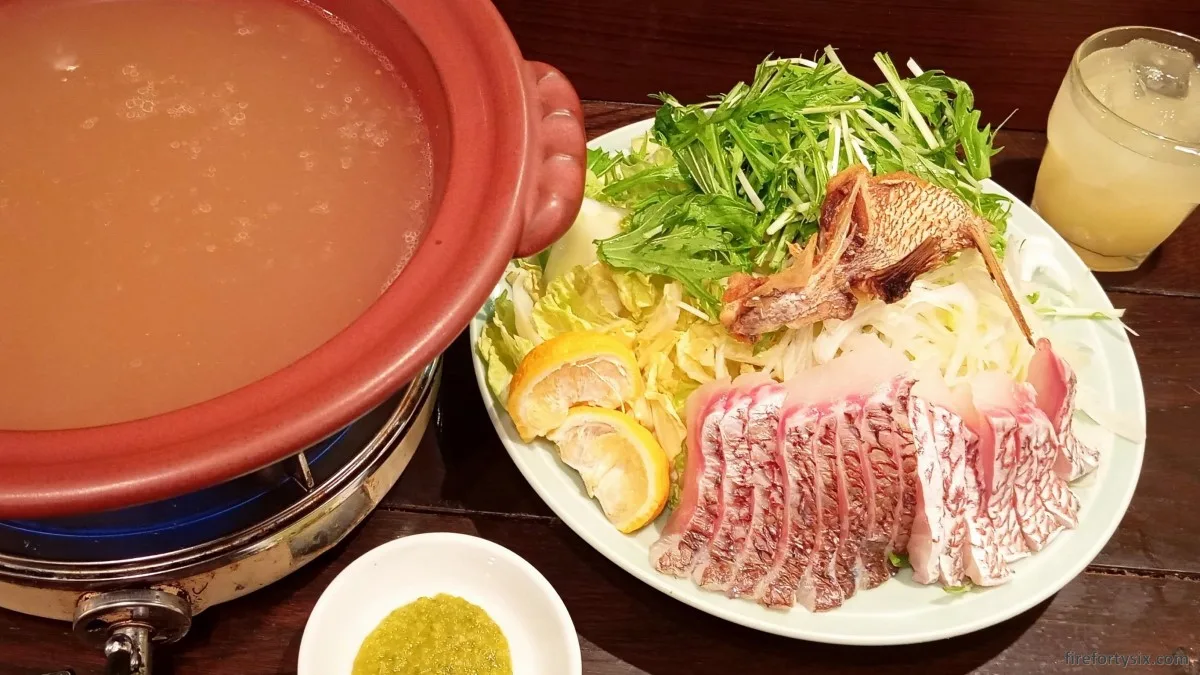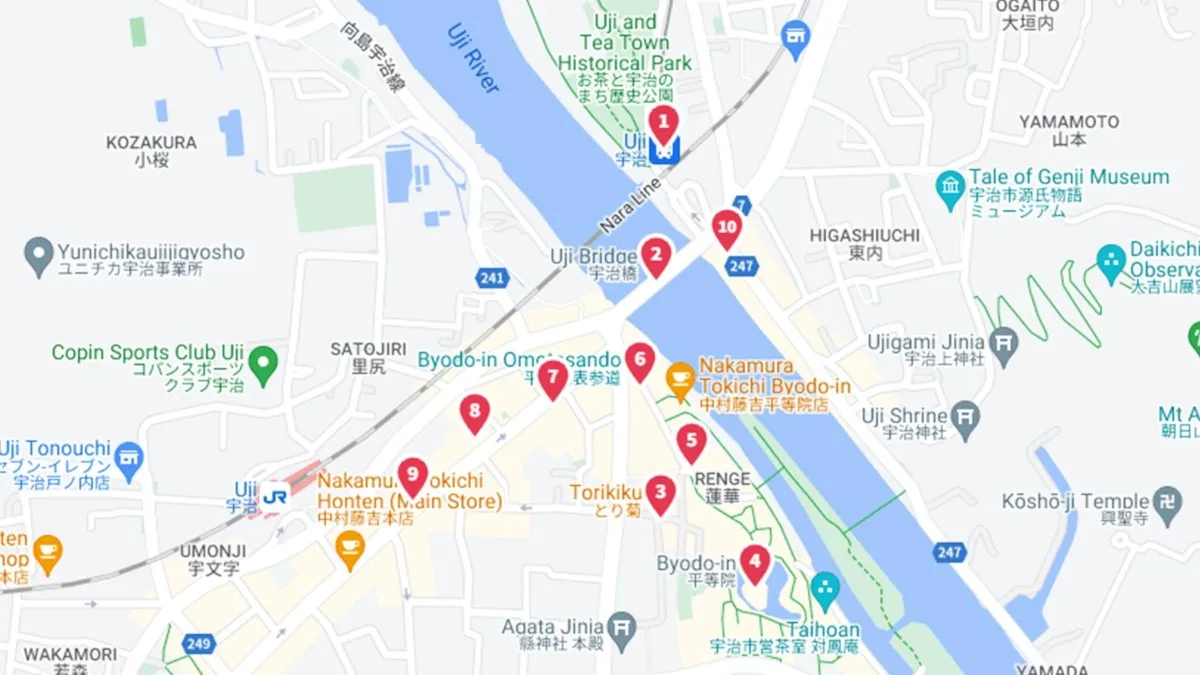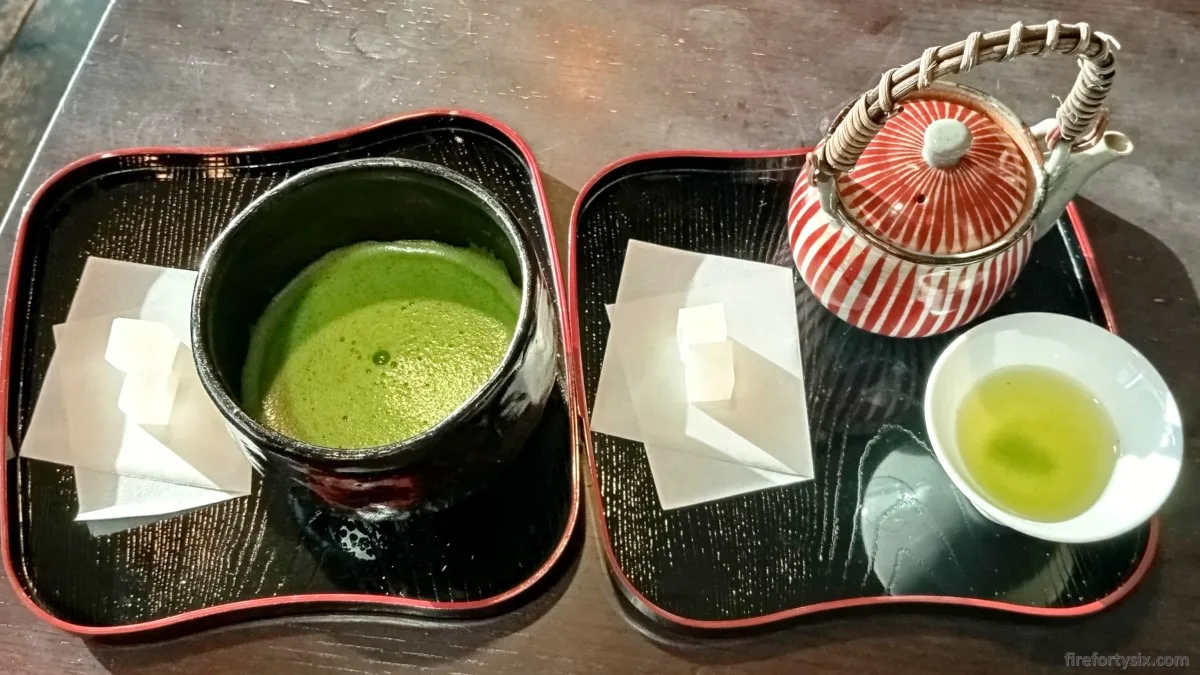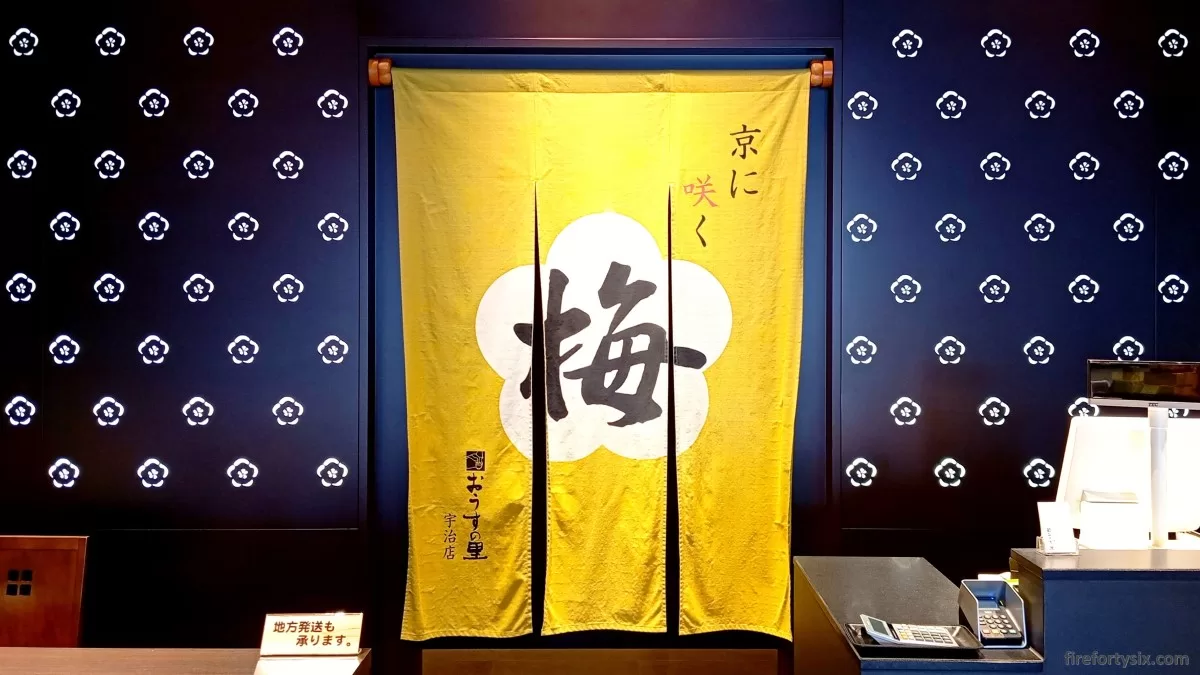Japan is the undisputed champion of fake food. And I say this with great respect and admiration.
Many restaurants feature menu offerings in transparent displays near their entrance, with the sole purpose of enticing passersby to step inside.
They look so realistic that it takes some effort in order to verify whether they’re actually real, or just intricately-made replicas.
Sushi, ramen, tonkatsu, gyudon, mapo tofu, spaghetti, yakitori, and the list goes on. Anything you can think of, they have it.
Even if you don’t run a restaurant, you’d still be sorely tempted to buy them. These plastic food samples make for a nice gift for friends and family, or even a memorable keepsake just for yourself.
You can find them in many souvenir shops, especially those targeting foreign tourists. They typically come in the form of keychains and fridge magnets, but tend to be mass produced and of average quality.
For the really good stuff though, you’ll need to head over to a food replica specialty shop. Like Design Pocket in the Sennichimae kitchen supplies street (千日前 道具屋筋 商店街) of Osaka.

Once inside, you can’t help but admire the many lifelike items on display. I did a double take when I walked past a pair of red snappers.
Their firm fresh flesh, their sharp spiky fins, their bright glittering eyes and slightly droopy open mouths. The only hint that they were manmade was the absence of crushed ice.
Quality comes at a price. And in this case, that price was ¥49,800 per fish. Ouch!

Next to it were some crabs that looked like they were ready to crawl away at any time.
The detail on the hairy crab was exceptional, and I can only imagine the time and effort it took to recreate its unique texture.
Judging from the ¥209,000 list price, it must have been 4.2 times more difficult to craft than a red snapper. Not to mention 15 times the cost of its living and breathing cousins.

Some items were priceless, including this huge-mongous pan of flying seafood spaghetti, perched precariously on a metal stand.
A tiny label said “非売品”. Which, as we all know, is Japanese for “if you break it, you can’t afford to buy it.”
It was four times the size of the hairy crab, and easily twice as difficult to make. There was no price tag, but since I didn’t have ¥1,672,000 to burn, I made sure to steer well clear.

The sky high prices of the flagship items served their purpose in anchoring expectations. When I saw a takeaway tray of sashimi at ¥4,980, it immediately felt like a bargain. I even entertained the thought of bringing one home.
I quickly realised that unless I wanted to pursue a career in slicing raw seafood, it would serve no useful purpose. My conscious consumption reflex kicked in, and I quickly moved on. Though not before one last lingering look.

The remaining merchandise were less elaborate, but no less realistic. The Wife was drawn to a tray of mikan; admiring the roughly “torn” peel and the spidery web of orange pith (i.e. the white stringy stuff).
Chinese food made a guest appearance, including a bamboo steamer of xiao long bao and mini spoons filled with egg fried rice and mapo tofu.
Onigiri-shaped coin pouches were available for ¥2,980 each. Even though they were not designed to replicate the real thing, they looked kawaii and probably sold quite well.




Besides selling food samples, Design Pocket also conducts hands-on classes. Each session requires a minimum of 8 participants and sounded like a fun activity, especially for families with kids.

An obligatory panel of sushi was prominently displayed, showcasing popular types of nigiri and maki like salmon, tuna, ebi and tamago.
Prices were significantly higher than other run-of-the-mill alternatives in other stores, but the quality was also noticeably better.
In particular, an octopus tentacle keychain caught my eye. Its resemblance to the original version was uncanny, down to the tiny suckers and contrasting colour and texture.




Again, I considered it briefly, but again, I passed. We had enough unused keychains at home and it didn’t make sense to add to the growing pile.
It would have been a different story they were also available as fridge magnets, but the store assistant replied my query with a regretful “gomenasai”.
As consolation, she pointed me to the top three most popular (人気) items in the store.
Number 1 came as no surprise, as Osaka is literally the takoyaki capital of the world. Number 3 was a bit of a puzzle though, since ebi furai isn’t a particularly noteworthy Japanese dish.


If you’re wondering what happened to Number 2, well, remember the mikan from earlier?
In addition to standalone pieces, they also sold them in keychain form, and The Wife just happened to swipe the last piece on display.


Yes, I did mention that we have a collection of keychains gathering dust. But this particular one was promptly attached to her frequently used Pleats Mama bag soon after we got home.
When viewed up close and personal, the level of detail is frankly quite amazing. Take away the metal parts and what you’re left with looks exactly like a half-peeled tangerine.

To prove the point, here’s a side-by-side comparison with an orange that was fished out from our fridge.

Design Pocket Osaka is easy to find. Simply search for “Food samples Designpocket” in Google Maps, and it should pop up.
It’s a short walk from Kuromon Market towards Namba Nankai train station (not to be confused with Namba metro station, which is further north).
So, after having your fill of street food at the kitchen of Osaka, you can stroll over to Design Pocket and buy plastic versions of the exact same items as souvenirs.
